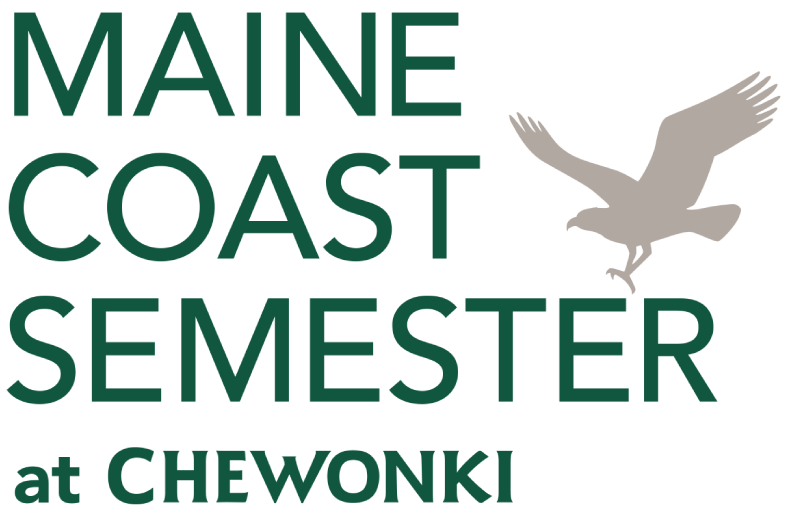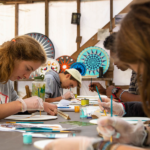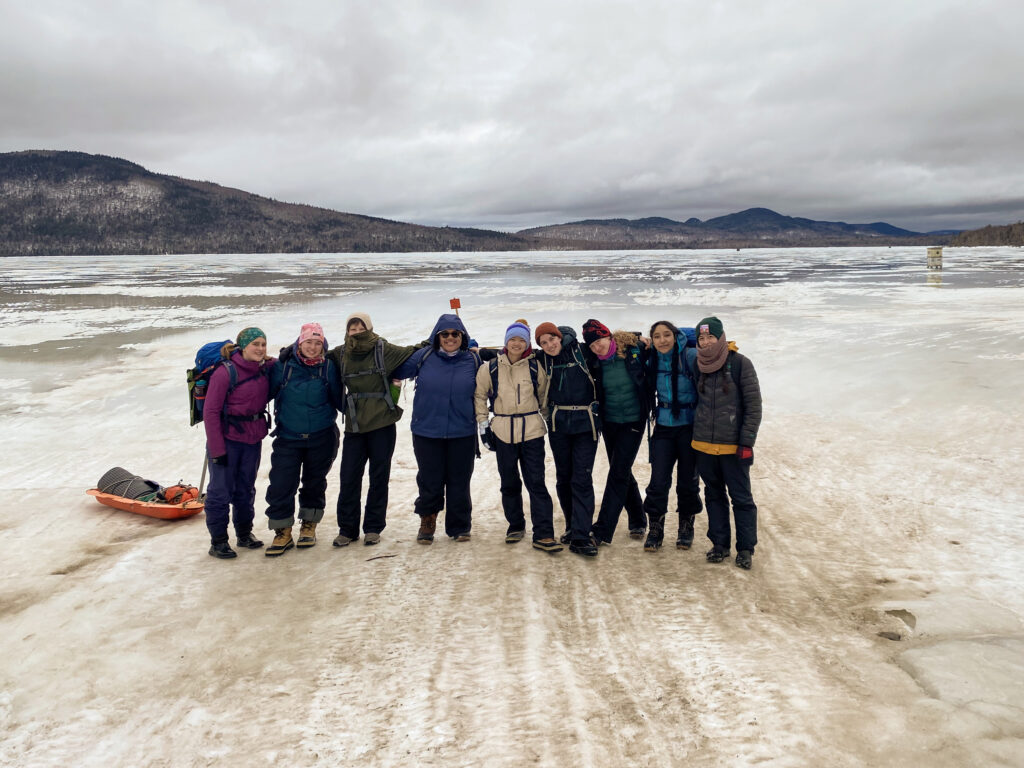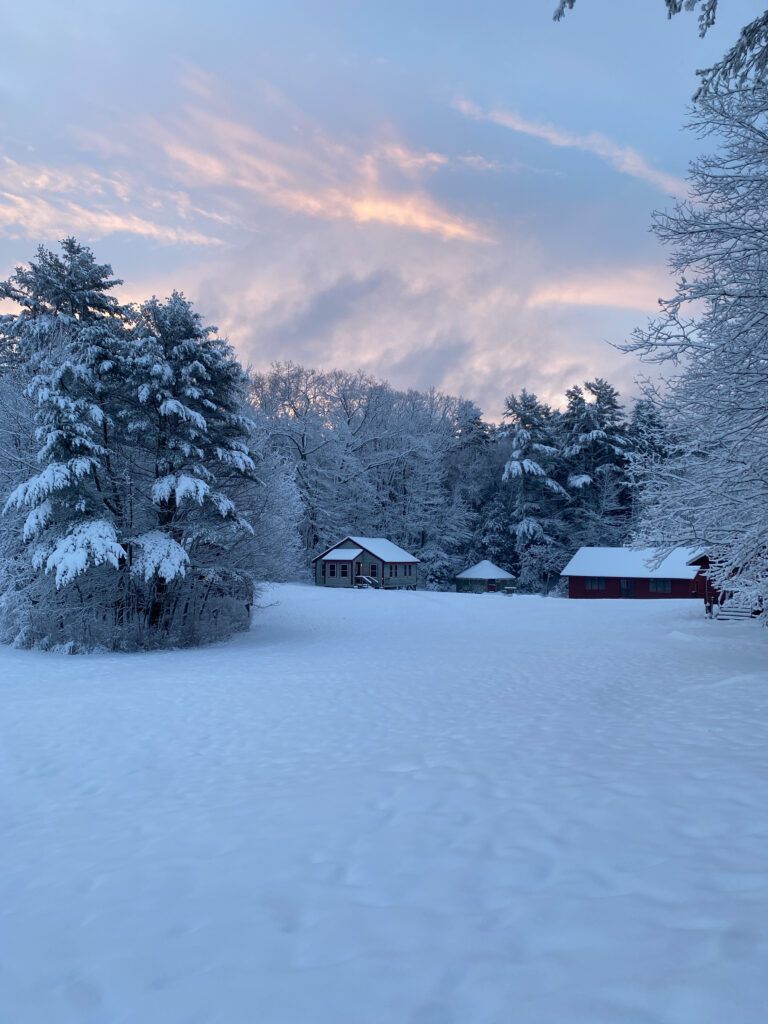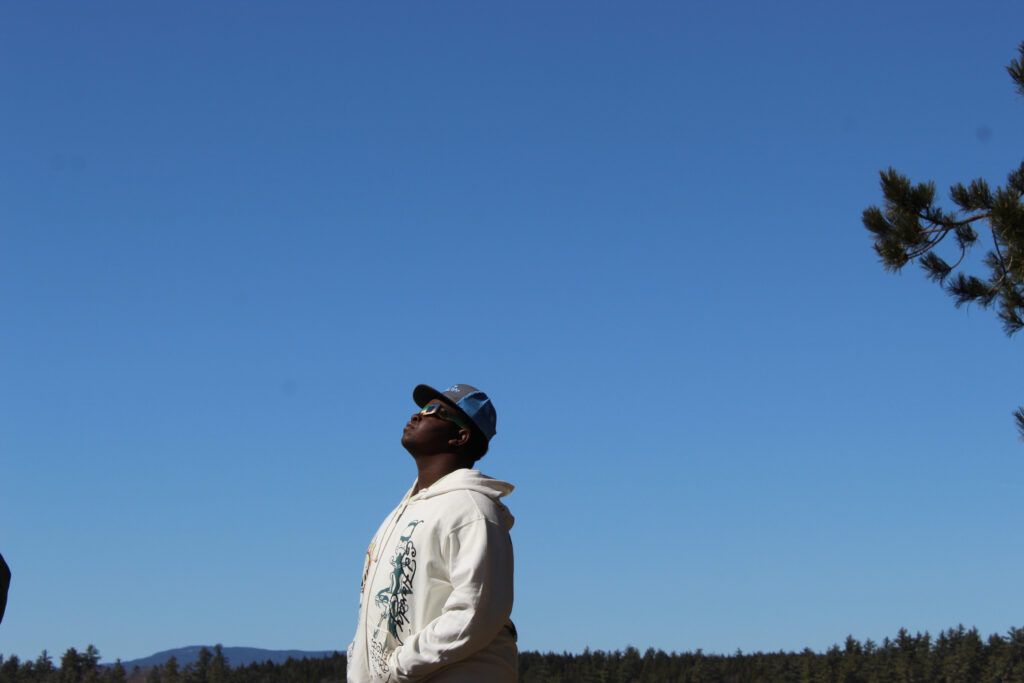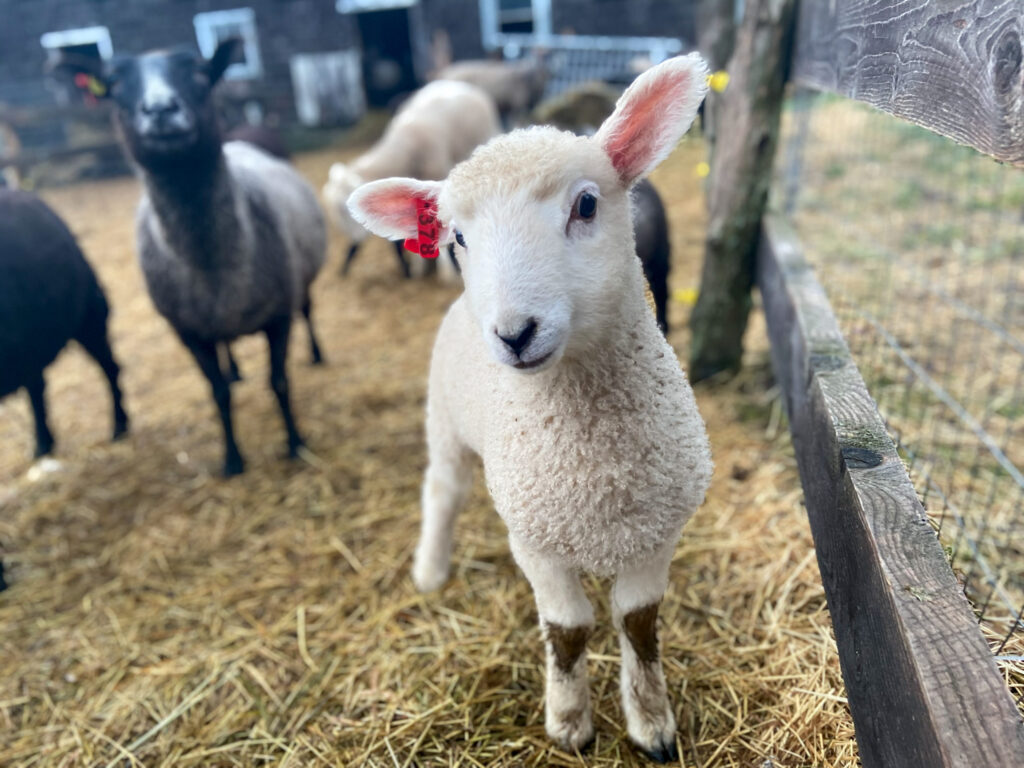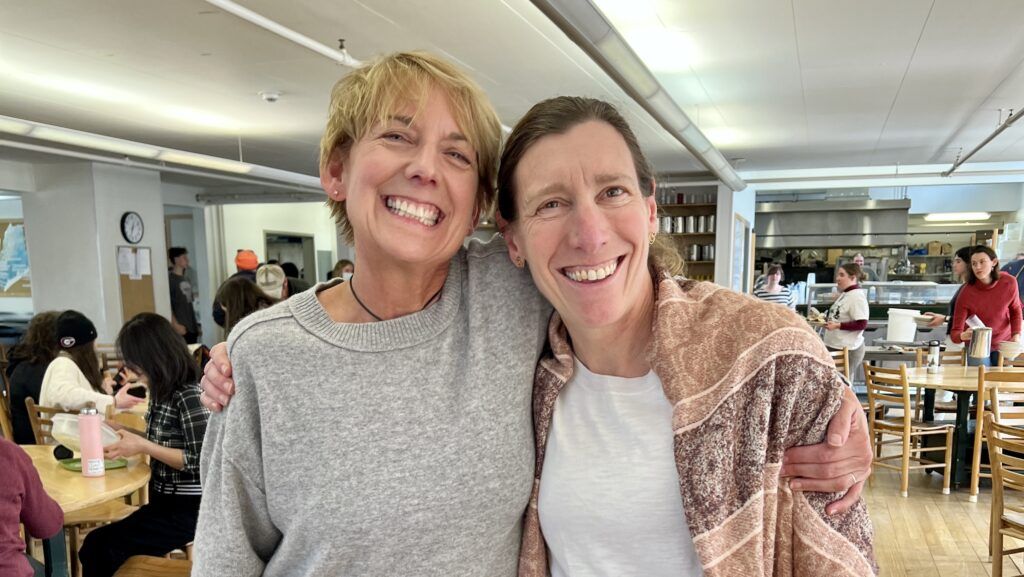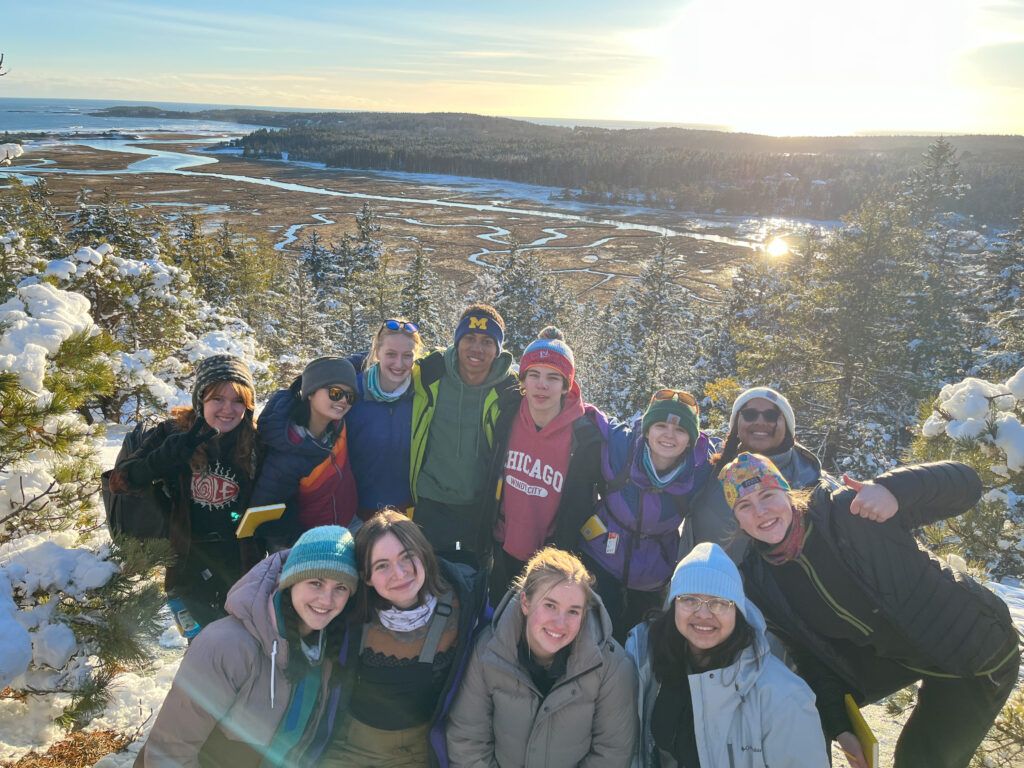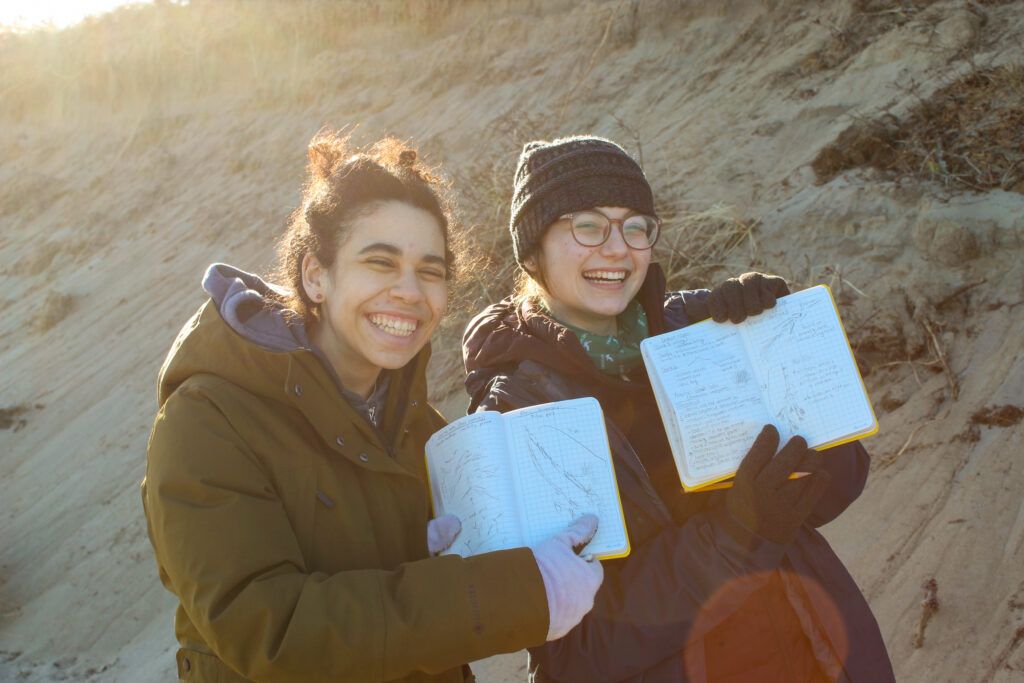If you ask a George River Expedition alumnus how the canoe trip went, they’ll probably respond with something like, “Terrific!” Don’t believe it.
What that person is really saying is that the five-week experience–like the river and landscape where it happens–was too vast to sum up in chit-chat.
“When people ask you how it was, it’s so difficult to express the dimensions of the trip,” says Nate Smith, who’s led the trip twice and is doing so again this summer with co-leader Sarah Schewe. “You end up saying simple things like ‘It was great!’ because there’s no way to capture quickly all the different aspects of it. Other alumni of the George River Expedition—they understand.”
As Roxie McGregor, who did the George River Expedition last summer and this summer is a counselor-in-training on another Chewonki adventure, puts it, “You have an unspoken bond with the people who have done it.”
Those people have paddled north for more than 400 miles through northern Quebec’s boreal forest and rolling hills on a wide river with many stretches of ruffling whitewater. Julie Siegel did the trip in 2015 and called it “a great culmination of my other Chewonki tripping experiences. This was a big step up. The whitewater was a lot more challenging.” And James Black, a 2017 participant, remembers “the beauty of the place, the wildlife, fishing for salmon and lake trout, the crystal-clear water.”

The George River caribou herd was once the largest in Canada. In the 1980s, the herd numbered about 800,000. In recent years, the herd has included fewer than 15,000 caribou. Climate change is the biggest factor in the decline. Biologists and others are working to protect the remaining caribou and increase their numbers.
Another sign of climate change: thunderstorms. Greg Shute remembers being in George River village in the 1990s when a thunderstorm hit. The elders there said it was the first they had ever experienced or heard of there.
By all accounts, the landscape is unspoiled, but Chewonki Vice President Greg Shute clarifies the difference between “remote” and “wilderness.” “It’s a place where Inuu and Inuit peoples have lived for thousands of years,” he says. As they travel, paddlers often come across relics of ancient settlements.
It is a land of caribou and wolves, white-crowned sparrows, ptarmigans, golden eagles, and harlequin ducks. It is the land of bugs (“I remember just submerging myself in the water to get away from them!” recalls Lilly MacNeish, who made the trip in 2015). It is a land of summer ice (MacGregor remembers everyone landing their canoes and jumping out to dance in order to warm up), handy for snow cones flavored with Gatorade, condensed milk and cinnamon, or hot chocolate milk.
There’s probably no one more passionate about this trip, designed for experienced canoeists 16 to 18 years old who hope to become trip leaders themselves, than Chewonki Vice President Greg Shute. Greg’s a proud born-and-bred Mainer, but it’s possible that in another lifetime, he lived further north.
“There is not a day that I don’t find myself at some point dreaming of my own travels through the subarctic of northern Quebec,” Shute has written. He always angles for the assignment of driving the group to their starting point in Sept-Iles, Quebec, a round-trip of about 28 hours. “I just like to live vicariously through them,” he chuckles.
Shute’s interest in northern Quebec and Labrador began when he was a teen. “The first book I bought when I was working at my first job, bagging groceries, at 15 years old, was The Lure of the Labrador Wild: The Classic Story of Leonidas Hubbard. [Hubbard died during a failed attempt to explore the region in 1903. His wife, Mina Hubbard, became the first white woman to do so in 1905; her trip was more successful.] That got me interested. Then I read The Complete Wilderness Paddler by James West Davidson and John Rugge, in which they reference epic canoe trips in Labrador.” The place took root in his imagination.
Shute and his wife, Lynne Flaccus, had led Chewonki canoe trips on Lake Mistassini in Central Quebec in the late 1980s. Shute studied the map; the territory that tantalized him was a good 400 miles further northeast. He was determined to get Chewonki trippers up there. In 1990, he scouted the area and the next summer, Shute and Flaccus led Chewonki’s first George River Expedition.
“We really didn’t know exactly what we were going to do with our canoes at the end of that first trip,” Shute recalls. The George River Expedition ends in the Inuit village of Kangiqsualujjuaq (population about 1,500) on Ungava Bay, 1,300 miles north of Wiscasset. When the group landed their canoes on the shore after the inaugural trip in 1991, one of the first people they met was Jean Guy.
”You need a ride? Hop in!” said Guy, gesturing to his blue pick-up. “I’ll show you the town.” Guy has been an important contact ever since, storing the expedition canoes and shipping them to Montreal for our pick-up in the early summer, and driving groups around the village and to the aiport for their return trip. Guy is Kangiqsualujjuaq’s host and fixer.
“We call and arrange to meet Jean Guy in advance,” says leader Nate Smith, “but even if we didn’t, all you have to do is paddle into the harbor, and someone on a boat sees you. You call out, ‘Hello! We’re looking for Jean Guy.” And they shout back, ‘We’ll tell him you are looking for him.’ Word travels fast. Pretty soon he appears.”
After being on a river so broad and in a land so big and a community so small, George River alumni say transitioning back to normal life is challenging. Semolina Schillberg, who went on the expedition last summer, agrees. “I thought it was incredibly overwhelming coming back into normal society. You get so comfortable with each other after five weeks.”
Jen Adams, who has led the trip twice and is now Chewonki’s summer wilderness trips coordinator, describes the temporary discomfort as “feeling raw…You’ve gone through so much together as a group. You’ve given your all to the trip. Your trip-mates know so much about you, and you about them.”
It’s not suprising that many George River Expedition alumni and leaders end up drawing on their own experience to teach other young people to love outdoor adventuring. Here’s a list of George River “graduates” working at Chewonki this summer:
- Jen Adams (2016 and 2017 Geroge River Expedition leader; 2018 summer wilderness trip coordinator)
- James Black (2017 George River Expedition; 2018 Boys Camp staff)
- Morgan Blyberg (2017 George River Expedition; 2018 Girls Camp counselor-in-training)
- Walker Christo (2015 George River Expedition; 2018 Boys Camp staff)
- Charlotte Flannery (2017 George River Expedition; 2018 Girls Camp counselor-in-training)
- Ellie Jacoby (2016 George River Expedition; 2018 Girls Camp staff)
- Roxanna MacGregor (2017 George River Expedition; 2018 Girls Camp counselor-in-training)
- Lillian MacNeish (2015 George River Expedition; 2018 Girls Camp staff)
- Augustine Peterson-Horner (2012 George River Expedition; 2018 Boys Camp staff)
- Megan Phillips (2008 George River Expedition leader; farm manager)
- Josh Scheidt (2017 George River Expedition; 2018 Boys Camp staff)
- Semolina Schillberg (2017 George River Expedition; 2018 Girls Camp staff)
- Greg Shute (George River Expedition leader multiple times; Chewonki vice president)
- Julia Siegel (2015 George River Expedition; 2018 Girls Camp counselor-in-training liaison)
- Nate Smith (2016, 2017, 2018 George River Expedition leader)
In five weeks, Sarah Schewe, who is co-leading this summer’s George River Expedition, can add her name to this list.
So if you talk to someone who went on Chewonki’s George River Expedition, don’t let them off the hook. Make them to tell you about that distant river, and how it runs through their heart.
